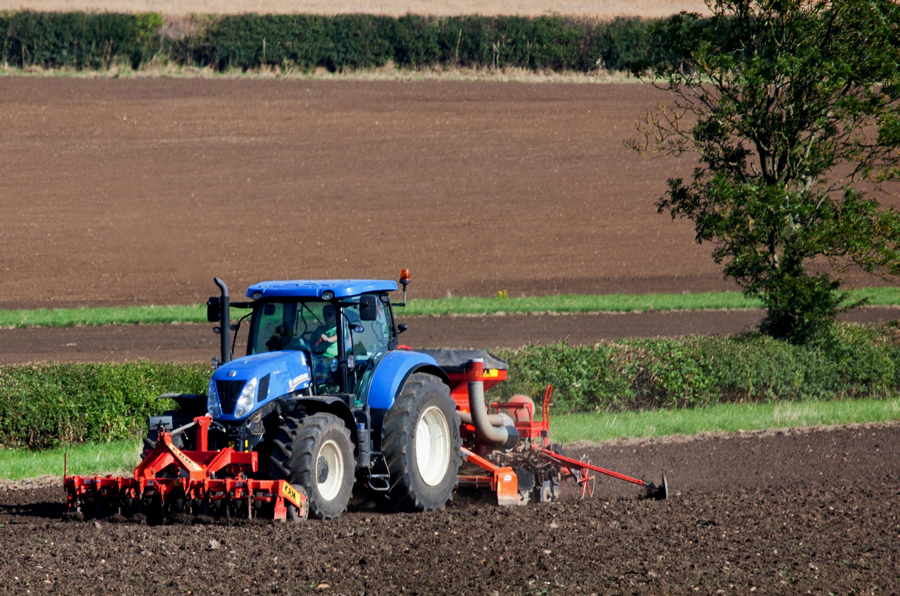Start early to build foundations for higher yields
15th July 2020
As the end of a difficult 2019/20 season nears, thoughts turn to how to maximise yield potential of next year’s winter wheat.
As the end of a difficult 2019/20 season nears, thoughts turn to how to maximise yield potential of next year’s winter wheat.
It is perhaps a good time to reflect on what went well and what could have been improved. Weather aside, one standout factor for many, not all, was seed rates, Hutchinsons technical support manager Neil Watson says.
“We often underestimate the number of plants required and overestimate establishment percentages.”
Getting these factors right is central to setting strong foundations for optimum yields, he says. The starting point is to estimate the realistic yield potential of individual fields, considering soil type, location, climate, and historic performance, before working back to identify the plant population and seed rate(s) required to achieve this.
“We know there is a direct correlation between grain number per unit area and yield, so use this as a starting point.
“Yield is simply a combination of the three components; ears/m2, grain per ear and thousand grain weight. In most seasons the wheat crop has a tremendous degree of plasticity in compensating for a deficit of one component by increasing the others, however there are limits.”
Many talk about the tillering capacity of crops, yet fail to appreciate that an average wheat crop only produces 1.5-2 ears per plant by harvest, so growers must ensure there are enough plants in the ground at the start of the season, otherwise yield potential could be limited from the outset, says Mr Watson.
“Generally, it is better to have too many plants than too few, providing land can support crop demands through the season.”
Calculating the appropriate seed rate depends on many interlinked factors, including soil type, fertility, seedbed conditions, sowing date, establishment percentage etc.
Early sowing is the best way to increase yield potential, providing risks such as grassweeds, disease and lodging can be managed.
“Sowing date is the only way to influence tiller production, as all other factors affect tiller survival,” notes Mr Watson. Tiller survival is typically only around 45%.
Determining seed rate
Whatever the drilling date, an accurate estimate of likely establishment is essential to calculate the seed rate needed to achieve a target plant population.
For most, this season is likely to be a low water mark for what is achievable; a normal autumn provides a more typical indication.
This can be done anytime, even immediately after harvest. Select representative areas of the field (e.g. high or low-yielding areas highlighted on yield maps) and count the number of root balls (indicative of plants/m2). Compare this against seed rates sown last autumn to estimate establishment percentage. Counting tillers per plant will indicate, along with plant numbers, final ear density.
“Growers may be shocked at the results, especially after such a difficult season. Some sites drilled late into wet conditions, have seen establishment down to 40%.”
Hopefully, there will be no repeat of those conditions this autumn and establishment will be closer to a more typical 60-85%, but growers must be realistic, as it can vary considerably, even within fields. This is where precision farming systems like Omnia and variable seed rates may be useful for managing variability.

